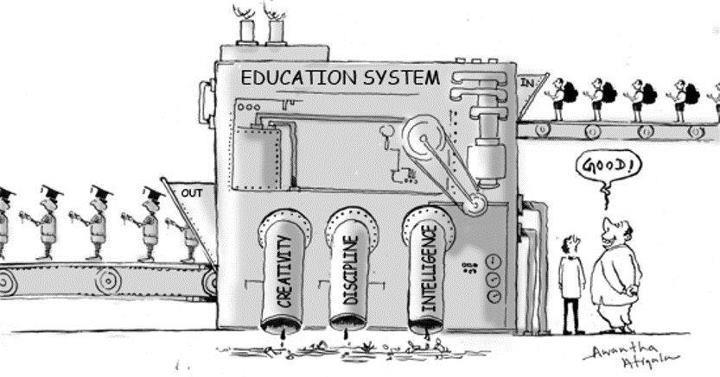Maybe the past is relevant for the future. However, in the present I see no problem in attempting to blend the old with the new. It was incredibly interesting to sit back and listen to our debate teams present their sides and I enjoyed reading Daltons post on balance.

I appreciated Sushmeet’s and Leah’s points in their opening video on the agree side..
- we as humans are doing many tasks online already – convenience and hassle free
- technology speeds up our time spent on learning a task
- lets not rob our students of tomorrow
Leah and Sushmeet provided us with an interesting read about transformational change. The article titled “shifting pedagogies and digital technologies” provided good insight into how to think about the future of education. The authors explain that it is important for us educators to shape our thinking by considering the following:
- educational change needs to be global
- future planning needs to be an exercise in future thinking
- change requires all social groups to work together
- if people are going to buy into change it helps if they are the developers of the change
I recognize the need for change in education as society changes around it. However, I see no problems with utilizing teaching strategies from the past that continue to provide positive learning opportunities for the students in our classrooms in the present. Our students in our rooms shouldn’t be molded into a one size fits all kind of scenario.

The points made by Alyssa, Kelly and Durston on the disagree side of the debate were also well laid out. Some key highlights I took away from their opening video were:
- productive and successful members of society need basic skills
- fine motor skill practice has many benefits
- note taking improves processing skills
- problem solving skills can be used across many daily skills
The following quote taken from an article provided by the disagree side made me think. “I think your cursive writing identifies you as much as your physical features do.” How do we as teachers truly know that our choices we make are beneficial for all students in our room. I think that we should be willing to accept that there could be value in traditional educational methods and that new ones certainly have their place in our classrooms as well. I few months ago my son started learning to handwrite – he came home with excitement and joy that he was learning to create his letters with more style. He now choses to handwrite more than print because it’s easier for him and because he finds it fun. Let’s not take personal choice and passion away from students if we don’t really have to.
As technology continues to change rapidly we as teacher will continue to feel the pressures of change. Determining what engagement looks like and how our students learn the best will always cause stress for us. Give technology an opportunity but don’t hesitate to use traditional models of learning in your room.

Thanks for your post Leona. I think you speak well to the idea of balance. While technology is here and is changing how we learn and interact, that doesn’t mean we need to eliminate skills of the past. I do think the agree side made good points about spending less time on menial tasks to make room for deeper thinking. However, the disagree side almost used the same argument to say that students need time to process, understand the why behind what they do, gain hands-on learning experiences, and learn problem-solving through trial and error. While I do embrace change in how we teach, I agree that balance is important and as it stands today, I definitely see the value in teaching these basic skills.